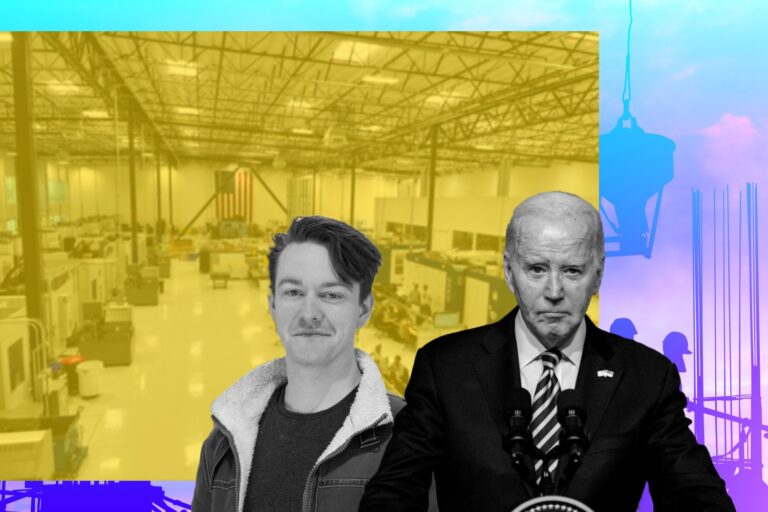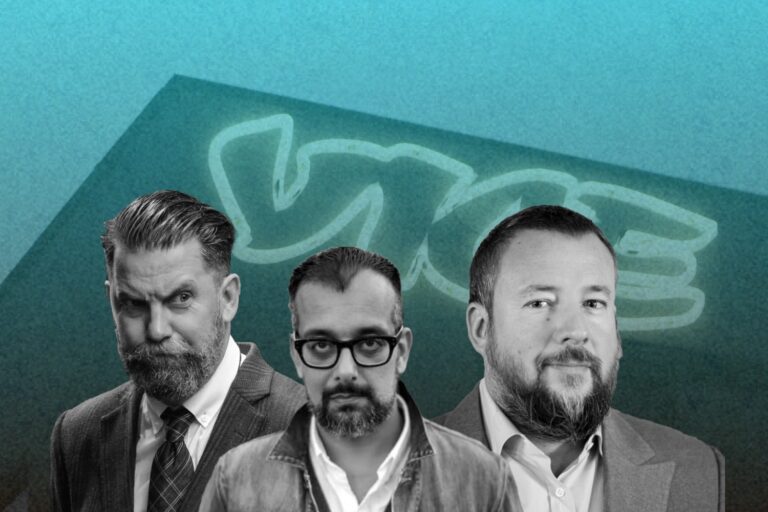The Art of Rejection That Helps Sara Blakely Builds Her Shapewear Empire
Founded more than 20 years ago, the shapewear empire – Spanx has become a household name for women clothing that integrates with an incredible founding story. Its founder, Sara Blakely, who was renowned as the youngest self-made billionaire in 2012, built her company with a bare amount of $5,000 in savings and made it a global female clothing solution that generates $400 million in yearly revenues.
Yet what this entrepreneur reflected most upon is how past setbacks and rejections made her successful. From a door-to-door fax machines salesperson to the owner of a billion-dollar company, Sara has experienced nothing more than failures to turn her “crazy” idea of footless pantyhose into a massive success. How does Sara deal with constant rejection and persist with her business idea? Let’s read on to find out.
The “Not So Smooth” Founding Story
From Rejection as the Dinner Story…
The idea of embracing failure was well ingrained in Sara’s childhood. When she was a child, Sara and her brothers would sit down at family dinner every night and prepared an answer for her father’s regular question “what did you fail at this week?”. Unlike other parents who concerned about their children’s grades or feelings at school, Mr. Blakely would prefer to know what his kids attempted that went horribly wrong because if they weren’t failing, they weren’t trying anything new. “If I didn’t have something that I had failed at, he actually would be disappointed” – Sara admitted. Such a primary lesson of stepping out of comfort zone and taking risks is what laid out an entire path of accepting and overcoming rejection later in Sara’s life.
At a very young age, Blakely was endowed with an entrepreneurial bug. As a kid, she would set up a haunted house for Halloween and charge her friends and neighbors for admission. In her late teens, she started her first true business with clients, a baby-sitting service at a Hilton hotel in Clearwater. After three consecutive summers of watching babies for $8 each, she decided to pitch her business model to Hilton’s general manager and asked for an official baby-sitter position at the hotel. For a person with no formal training in whatsoever related works, it is no surprise that the manager promptly escorted her off the premises. Facing upon her very first rejections, Sara learnt a lesson of “sometimes, it’s better to beg for forgiveness than ask for permission.”
With her father being a trial attorney, Blakely’s career path was destined to be a lawyer. Upon graduating from Florida State University with a degree in legal communications, she experienced a string of setbacks that dragged her life to more than seven years of loss and rejection.
Sara first failed to follow her father into the egal profession as she bombed the LSAT not once, but twice. Traumatized by the stumble, she decided to drive to Disney World and auditioned for Goofy where she fell two inches short of the height requirements for the role. The girl ended up being a seat-buckler for passengers at Epcot World of Motion ride and persisted there for three months.
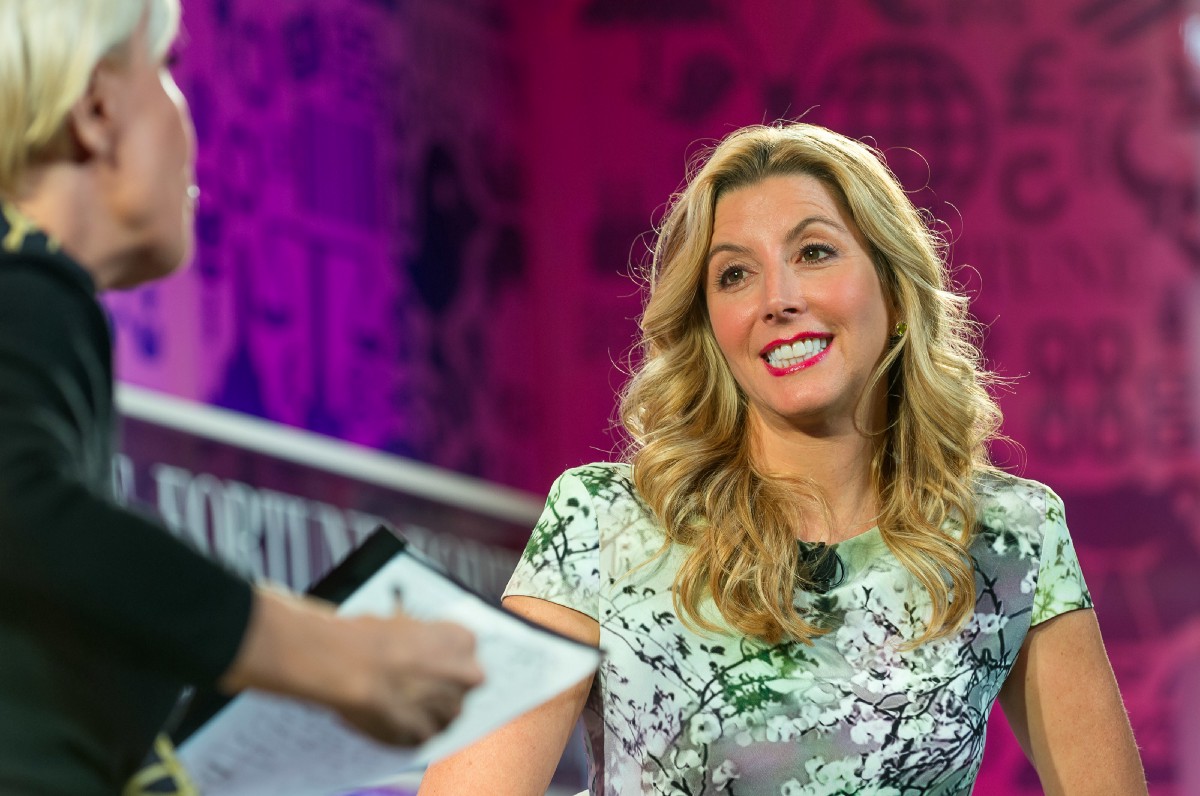
Without many directions in life, Sara applied for a position at a much-needed office supply company and landed a job as a door-to-door fax machine salesperson. “It was the kind of place that would hire anyone with a pulse,” she said. “On my first day, they handed me a phone book and said, ‘Here are your four zip codes. Now get out there and sell.’
Every day for 8 straight hours, Sara drove around cold-calling or knocked on the doors of every company within her designated areas. “Most doors were slammed in my face. I saw my business card ripped up at least once a week, and I even had a few police escorts out of buildings,” she recalled.
Getting rejected day in and day out was demoralizing to anyone and Sara is no exception. However, her father lesson was present more than ever which pushed her towards and approached the mundane job of daily cold-calling as another challenge in her life. From here, she grew immune to failures and understood that one must weather through multiple “no” before landing a “yes”. By the age of 25, her sales records were a big yes to her company and Sara was chosen to represent her company as a national sales trainer and got relocated to Atlanta.
…To Seven Years of Rejections and More
All of the bittersweet experiences as a door-to-door salesperson prompted Blakely to ponder over her future: “During my fax-selling stint, I would spend much of my free time trying to figure out what I really wanted out of life and what my strengths were,” she recalled. “I knew I was good at selling and that I eventually wanted to be self-employed. I thought, instead of fax machines, I’d love to sell something that I created and actually care about.”
The primary idea of Spanx generated from Sara’s personal clothing problem. For a woman who wore suits all day every day under the heat of Georgia, a see-through, unflattering pantyhose was a nightmare. After a thorough investigation of available options, something fortuitous happened to Blakely: “In the hopes of looking better in my fitted white pants, I cut the feet out of a pair of pantyhose and substituted them for my underwear,” she said. “This allowed me to benefit from the slimming effects of the pantyhose’s ‘control top’ while allowing my feet to go bare in my cute sandals. The moment I saw how good my butt looked, I was like, ‘Thank you, God, this is my opportunity!’”
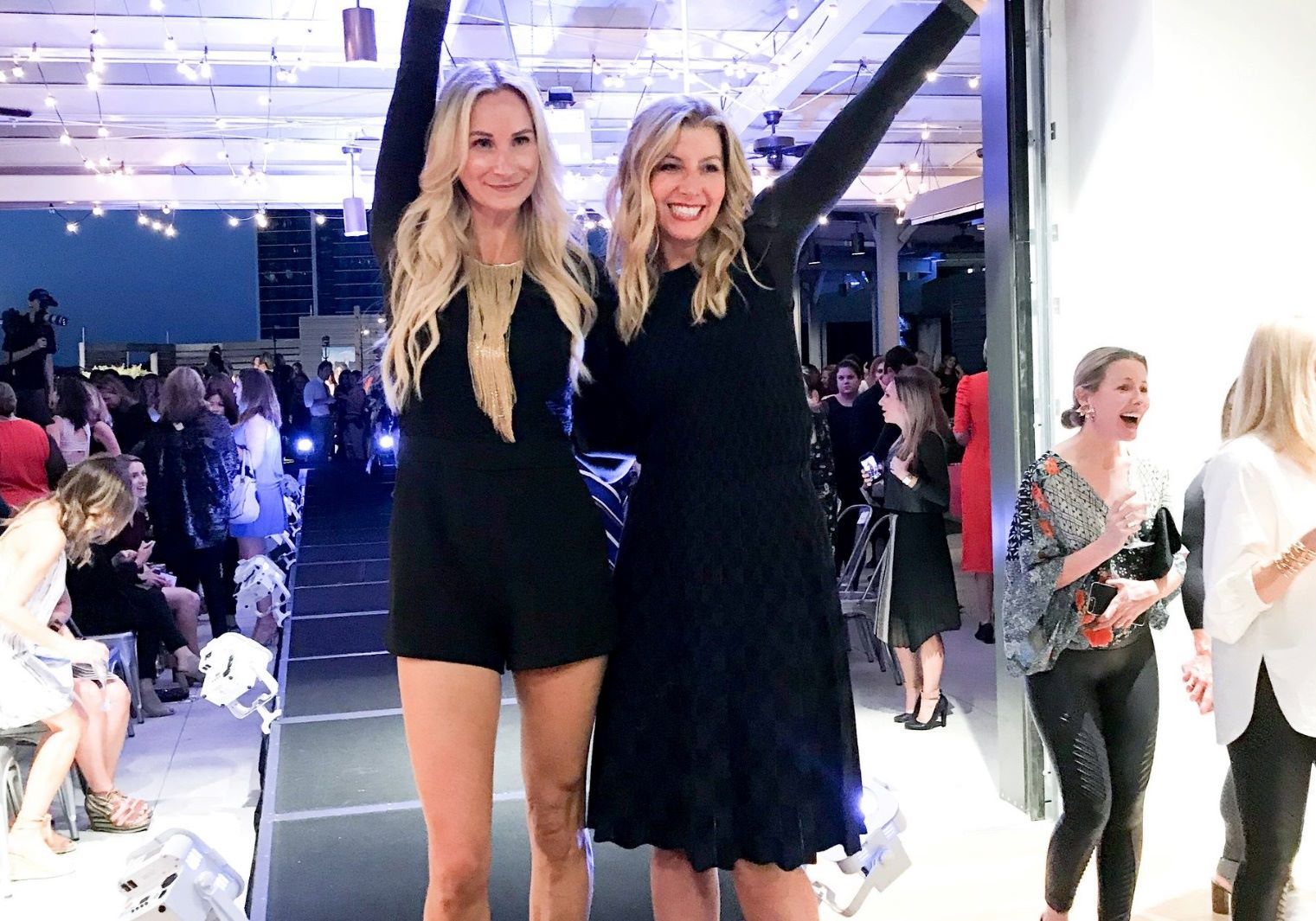
With $5,000 savings from her sales job, Sara started researching her “footless pantyhose” idea and launched her product while continuing to work for the fax machine supply company. This was when the chain of receiving “no” revisited her path. For every hosiery mill she contacted to produce the prototype, each either hung up on her or simply said “No thanks, that’s not a good idea”. As the hosiery industry had been looking at something in one way and was in a steep decline, a disrupter like her was uncalled-for. If one thing she learned from seven years of door-to-door sales, it was face-to-face meetings made the whole difference. As a result, she took one week off work and drove to North Carolina and convinced these hosiery mills to bring her idea to life. “Well, it took a few visits to North Carolina and a lot of, really, persistence. They all sent me away at first. And a couple of weeks after I left one manufacturer – Highland mills in Charlotte, N.C. – the owner called me. And he said, Sara, it’s Sam. I’ve decided to help make your crazy idea”. Eventually, Sara got her hard work paid off.
As she progressed, Sara faced a puzzle of how to make her products sold widely. Again, she cold-called Neiman Marcus and asked if she could come and introduce her products to its manager. After constant calling, she secured a fifteen-minute pitch with the hosiery buyer in Dallas if she flew all the way from Atlanta to Texas. Sara didn’t miss the shot.
Within few minutes of explaining, Sara could sense she was losing the buyer. Knowing this was her only opportunity, she stopped the presentation and asked the woman if she could come with her to the bathroom. When they arrived, Sara put on her Spanx product and instantly got a nod from the buyer. “She looked at me, and she goes, wow, I get it. It’s brilliant. And she said, I’m going to place an order, and I’m going to put it in seven stores and see how it goes” – Blakely recalled. Sara’s firm belief in her invention and resistance to rejection was what put Spanx on shelves of one of the most upscale department stores in the world.
Easy success hardly comes to entrepreneurs. For Sara, her next challenge would be where to put her products in the store that could captivate customers’ attention. “It was being sold in the hosiery department, and my customer was in the shoe department. And she was in the ready-to-wear department. And so I started realizing, I got – I have a challenge. I’ve got to get my product out of the department it’s supposed to be sold in.” – Sara told. The woman then went to buy stands and put them at every cashier around the store and to ensure Spanx caught the eyes of the buyers.
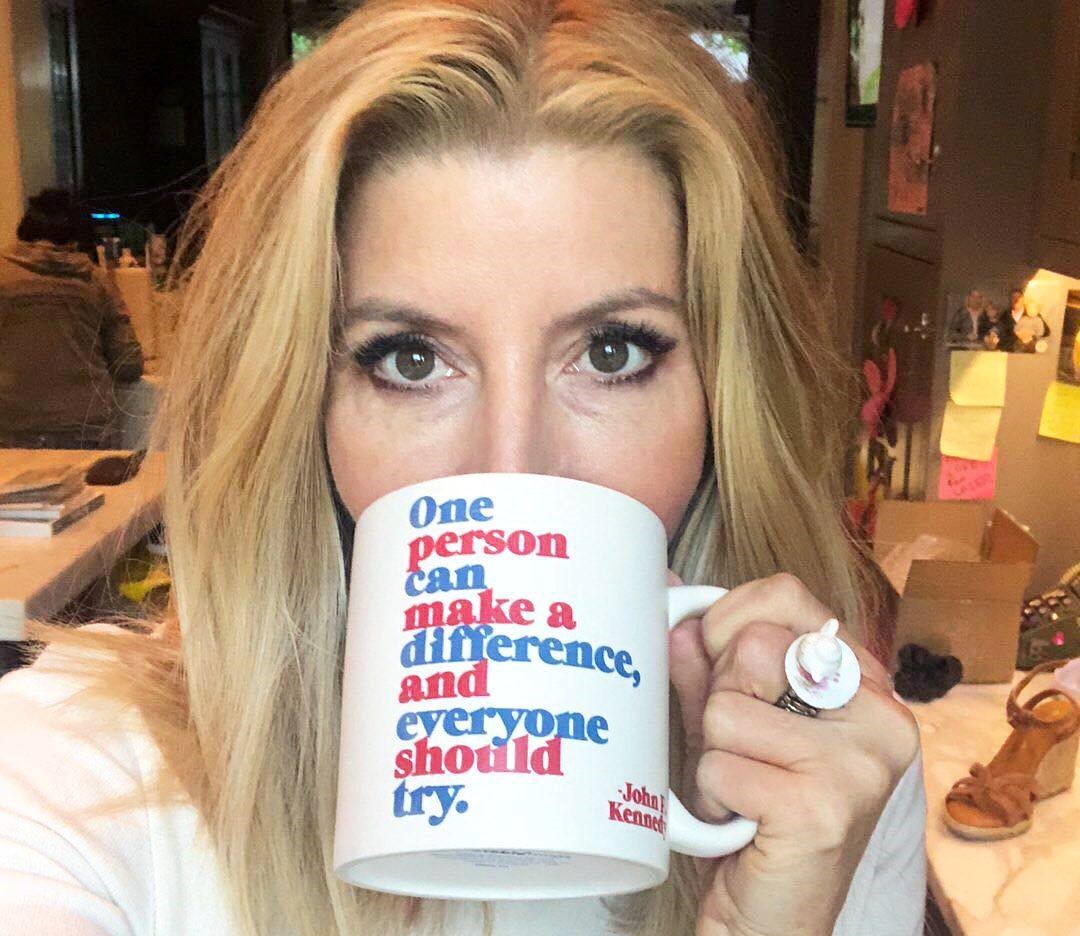
The big hit came to Sara and her company when she received a phone call from Oprah Winfrey who she had sent Spanx as a gift to. Oprah tried and loved Spanx so much as she decided to feature it on her favorite products of the year. This was a huge deal to the chosen brands as any products in Oprah’s favorite lists were known to sell out instantly. The day Oprah’s show aired, Spanx sold more than 20,000 pairs. After seven years of selling fax machines and receiving constant rejections, Blakely was finally able to quit her day jobs and open the first Spanx headquarter in Georgia. In 2007, Spanx opened its first ever retail store and five years later, the girl whose father urged her to take rejections and strive became the youngest female self-made billionaire at 41.
How to Turn “No” into “Yes” like Sara Blakely
#1. Comfortable With Embarrassment
For Sara, humans’ fear of failure lies in the uneasiness of being embarrassed. The CEO believes that fear of what other people think of us is the real root of the issue. That’s why she constantly practices embarrassing herself in public without caring about other’s judgement. “I’ll sing in an elevator for no reason, with other people in there, and my heart will be pounding and everyone is like uncomfortable and it is awkward and embarrassing,” she said. “Or I will ask a question that I know really sounds quite stupid, but I am curious about it and put myself out there.”
That’s because being willing to do whatever you need to, no matter how awkward, is key to business success.
Sara actively seeks for embarrassing moments. “If you’re seeking it, then it (embarrassment) loses its power over you, and suddenly being embarrassed is a goal” – she explained. Putting yourself in uncomfortable and humiliating position also makes great telling story. “I realized that’s one of the best ways to connect with other humans. So every time I got embarrassed, it’s such a gift”. It’s even more critical to entrepreneurs who always seem so serious and perfect, having a funny story about yourself might be a nice way to start your story and attract the audience.
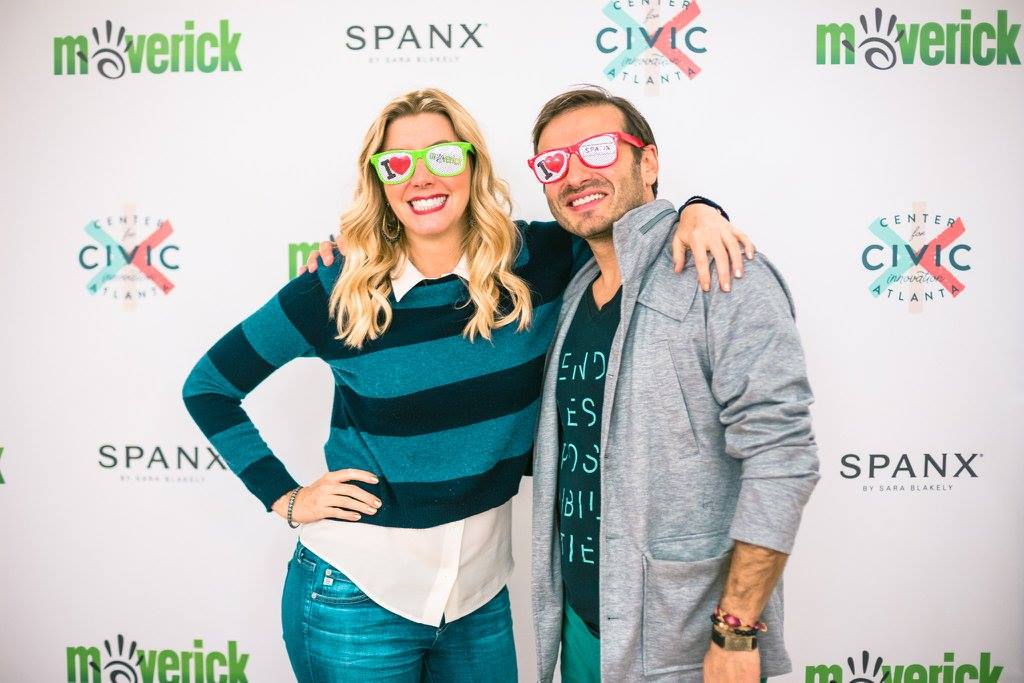
#2. Overcome Self-Doubt
For a person who constantly received “no” for the first two years into business and countless “no” in her previous path, Sara Blakely must have had enormous self-doubt back then. And she still struggles with doubt and fear even when being wildly successful. However, this woman embraces the positiveness in every challenge she encountered and drove through with unyielding resolution.
Being the CEO of a billion-dollar company yet Sara didn’t know anything about business, marketing, operations or anything that needed to scale up her company. From the way she made Spanx appear in Neiman Marcus by cold-calling to advertising her products with literally zero formal campaigns for the first 16 years, Sara followed her gut and did what she thought was the best for her company.
Blakely believes that something that may hold back thousands of people from fully realizing their potentials is their self-doubt. “Your negative self-talk is the No.1 barrier to success” – she said. For her, “not knowing how things were supposed to be done” isn’t a barrier but actually a gift. For example, Sara had no idea how to make packages for Spanx in the early days, but she knew that if her products got the chance to be on the shelf without no advertising money, the packaging needed to do the selling. So, she differentiated her packages from the traditional, mundane, boring ones with vibrant colors and lively cartoons drawings that made customers felt like a gift. Right before the launch, Sara went to the store and bought ten different brands’ packaging and reflected it on Spanx to make sure her product’s image was legal. That’s how she self-invented, self-produced, self-launched Spanx.
Sara’s key to overcome failure is to work on her self-doubt by continuing to do the emotional work most people neglect to overcome their own doubts and fears. If you don’t know something, you can always approach it with different thinking and come up with an innovative solution and that’s attitude is what Sara believes can move life and society forward. “That’s when change happens. If you do it like everybody else, that’s not change, that’s not innovation” – Sara said.
#3 Hire Your Weakness
Blakely admitted that reaching the scale to hire her weakness was an essential step in Spanx’s success in attaining unicorn status. “As soon as you can afford to, hire your weaknesses,” she said. “What you’re not good at is usually what you don’t like.”
Being a self-made entrepreneur put Sara in every department, whether being a shipper, model or head of sales. This allowed her to identify their strengths and weaknesses, and Sara knew operations, accounting or inventory side of the business are not her strong suits. In 2002, she stepped down from the CEO position and had Laurie Goldman, a longtime Coca-Cola executive, to fill in her role.
Blakely was a charismatic salesperson and a great face for Spanx, but she’d never worked in fashion, nor had she taken a single business school class, Goldman shared. Sara understood that she has marveled at inventing a desperate-needed product but in order to expand it, she needed to let go of the reins in certain areas and delegate people to grow beyond herself. By having a more experienced person to operate the company, she can focus on the things she was particularly good at, such as marketing, selling on QVC, and inventing new products. “Hiring a CEO was very critical for me to stay on my strengths,” she said.
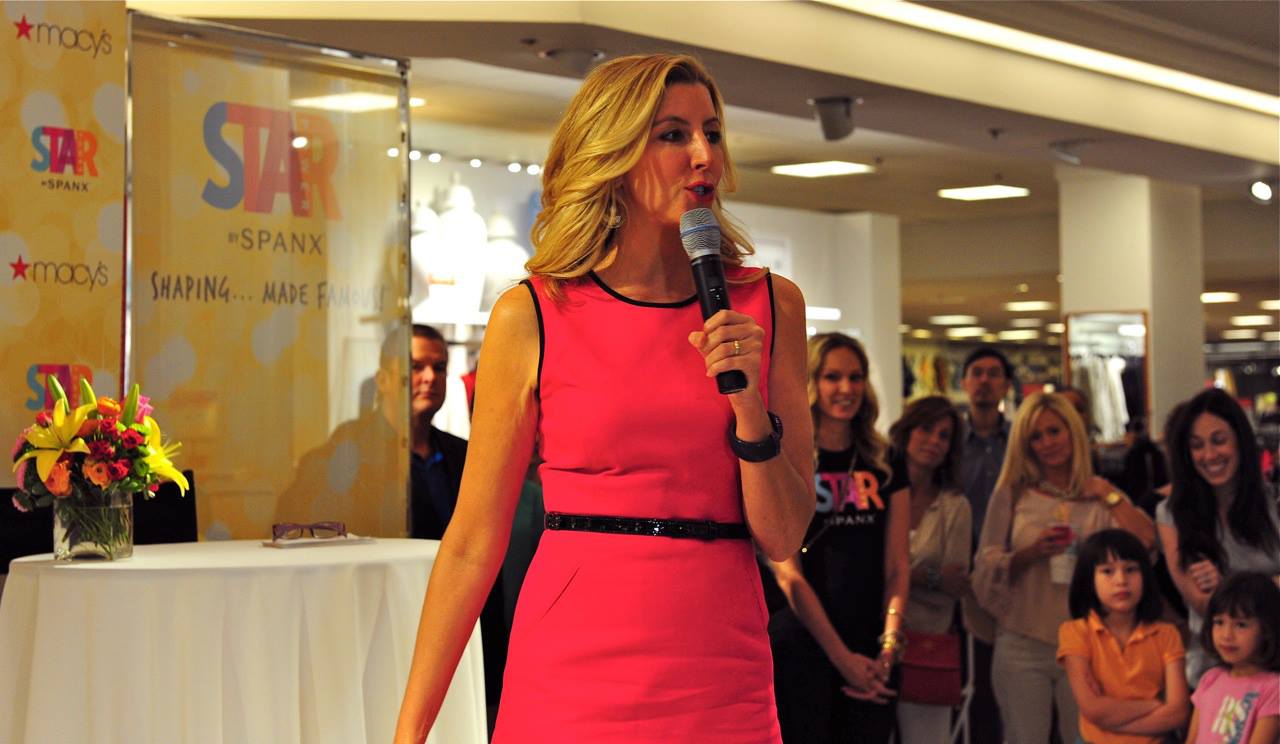
The Bottom Line
The question of failure is a fascinating principle that Sara’s father instilled in her mind from an early age. “If you’re not failing, you’re not trying something new. And if you’re not trying something new, you’re not uncovering opportunities” – her father believed. Although Sara didn’t always succeed, she was never afraid of trying something new. She failed at selling fax machines for a long time and when she devised the idea for Spanx, she was turned down by multiple lawyers, hosiery mills and even Neiman Marcus wouldn’t return her calls. However, there is a critical lesson hidden inside all those rejections. She became immune to the word “no” and rode through any challenges with 100% persistence. That insight later turns her $5,000 startup idea into a billion-dollar empire.



